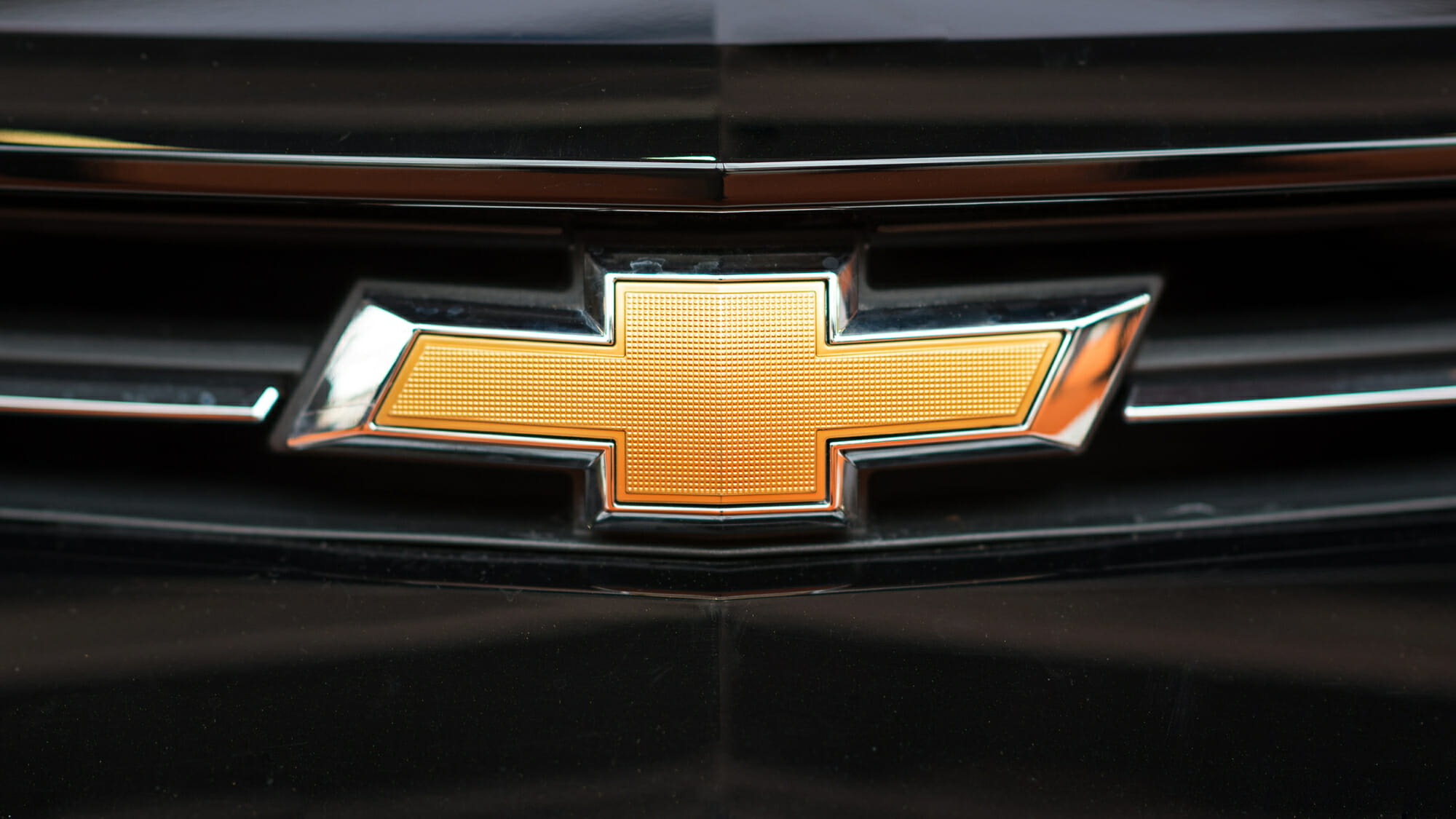Car experts can easily identify the two most important events in the history of the internal combustion engine: Henry Ford invented the automobile assembly, and GM invented the 5.7 Chevy engine. Also known as simply a “Chevy 350,” this is without a doubt the most popular small-block engine of the 20th century.
What are the specs of a 5.7 Chevy engine?
It’s a 5.7-liter engine with 350 cubic inches of displacement. This engine was used in dozens of GM vehicles over a 40-year period, with horsepower ranging from 145 HP to more than 370. Though it was discontinued in GM vehicles in 2003, GM still produces the 5.7 Chevy engine today.

GM used this wildly popular small-block engine in everything from family station wagons to muscle cars and boats over the years. Heck, they even threw a modified version of it in an airplane!
(Author’s Note: Plane did not feel safe. Would not recommend.)
In this article, we’ll take a brief look at the history of the famous 5.7 Chevy engine and its wide range of applications. We’ll also let you know where you can buy a 5.7 Chevy crate engine if you’re building or rebuilding your own muscle car.
History of the 5.7 Chevy Engine
The 5.7 Chevy engine made its debut in the 1967 Chevrolet Camaro. The following year it was also in the Nova. It was such a hit that by 1969, it was offered in every single vehicle in Chevrolet’s lineup, either as the standard engine or an option.
The engine was so popular by the 1970s that it became an export product. GM was shipping the engine to Canada, Australia and other countries by then. The 5.7 remained largely unchanged until the early 1980s.
Passenger models of the engine continued to come with a four-barrel carburetor, but the 1985 Corvette added fuel injection to it. The engine was upgraded with electronic emissions systems in the early 1980s. By 1988, throttle body fuel injection was the standard on all 5.7 engines.
Chevy debuted a Generation II version of the engine in 1992, but it didn’t last long. Some parts were compatible with the original engine, but mechanics, car hobbyists and buyers still preferred the older version. Chevy discontinued the Generation II line in 1996 and fortunately had never stopped producing the Generation I version.
After 36 straight years of production, the 5.7 Chevy engine was technically discontinued in vehicles after the 2002 model year. You could still find similar configurations of the 5.7 Chevy engine in the years after the original was produced, like the 2000 Chevrolet Camaro Z28 (although it’s a 346-inch engine, not a true 350).
However, you can still buy a new crate engine from GM to this day, which we’ll discuss below.
People Also Ask These Questions about the 5.7 Chevy Engine:
When did GM stop putting the 5.7 Chevy engine in trucks?
The last year that GM/Chevy used the engine in full-sized trucks was 1999. It was also discontinued in large SUVs that year. The Cadillac Escalade still used a 5.7 Chevy engine in model year 2000. GM/Chevy used the engine in their full-sized vans (the Escalade and the Savannah) until 2003.
Where can I buy a 5.7 Chevy engine?
Racing Summit Equipment sells a high-performance version of the engine if you’re rebuilding a muscle car. Chevy 350 Engines is another place where you can find crate versions. Mr. Goodwrench is yet another source where you can find a purchase a wide range of 5.7 crate engines.
Why do people like Chevrolets 5.7 so much?
For a lot of different reasons. One of the main ones is that it’s such an easy small-block engine to work on. One of the main complaints you hear from veteran mechanics is that modern engines are so jam-packed with electronics, confusing wires, parts positioned at bizarre angles (and locations) and so on, that it makes them difficult to work with.
The 5.7 is a well-designed engine, but it’s also simple. It’s a straightforward internal combustion engine with no muss and no fuss. It also leaves plenty of room so that hobbyists can play with aftermarket parts for additional performance tweaks.
Not to mention the fact that GM is still producing the engine to this day. There are also tons of parts readily available, so you’ll never be waiting around for a special order to arrive from the other side of the planet. For classic car hobbyists, it’s literally the same engine used in a wide range of Chevies from 1967 onward.